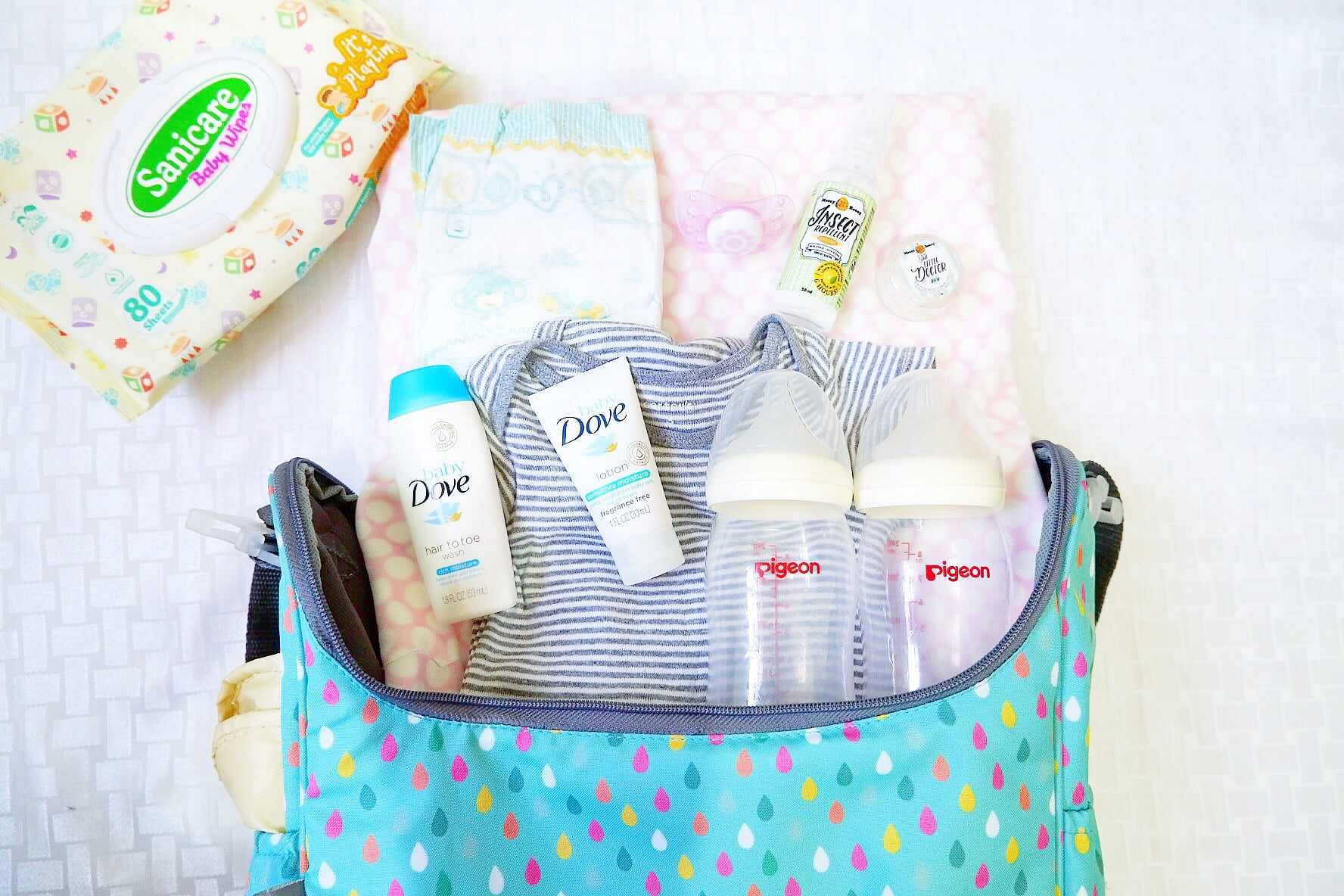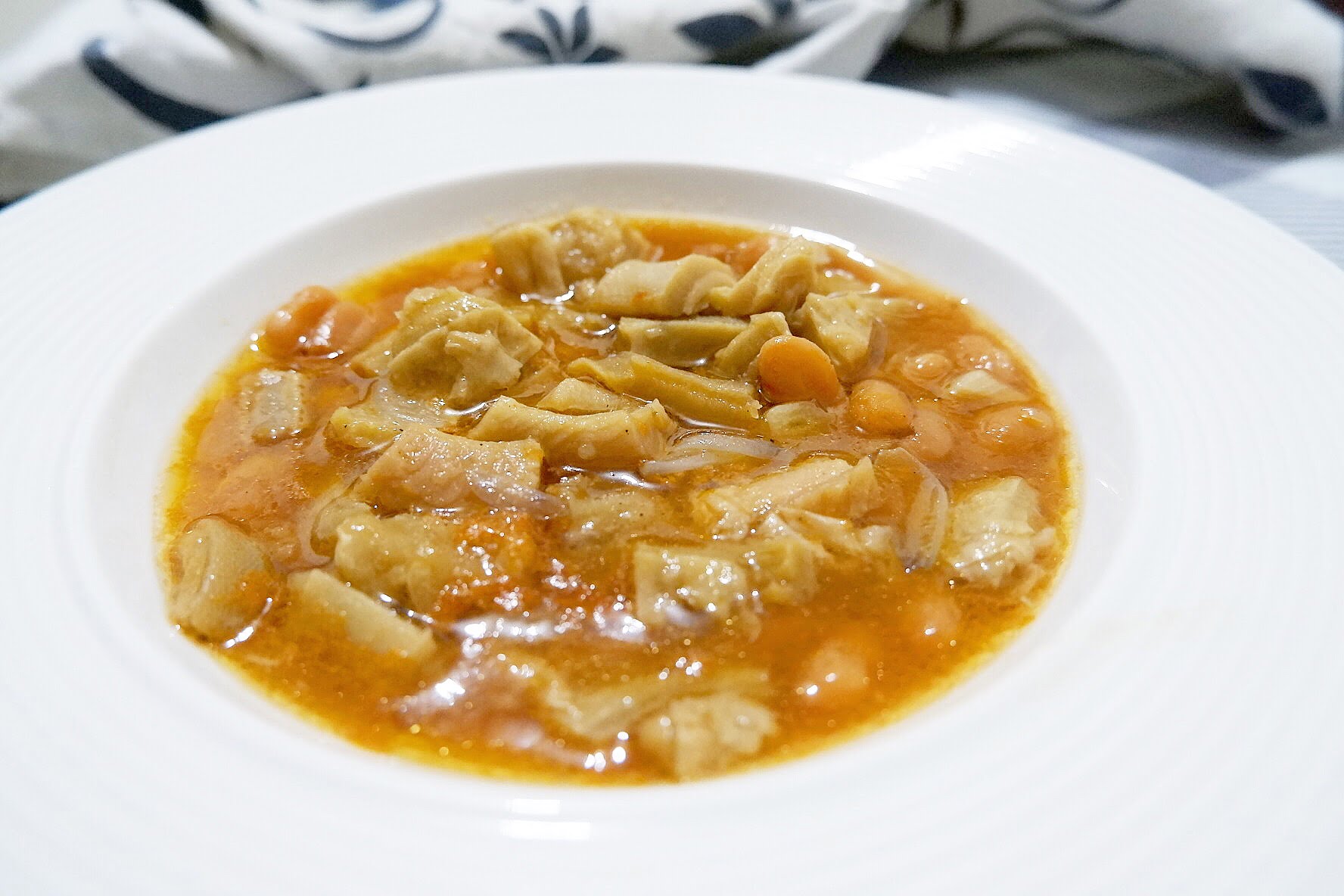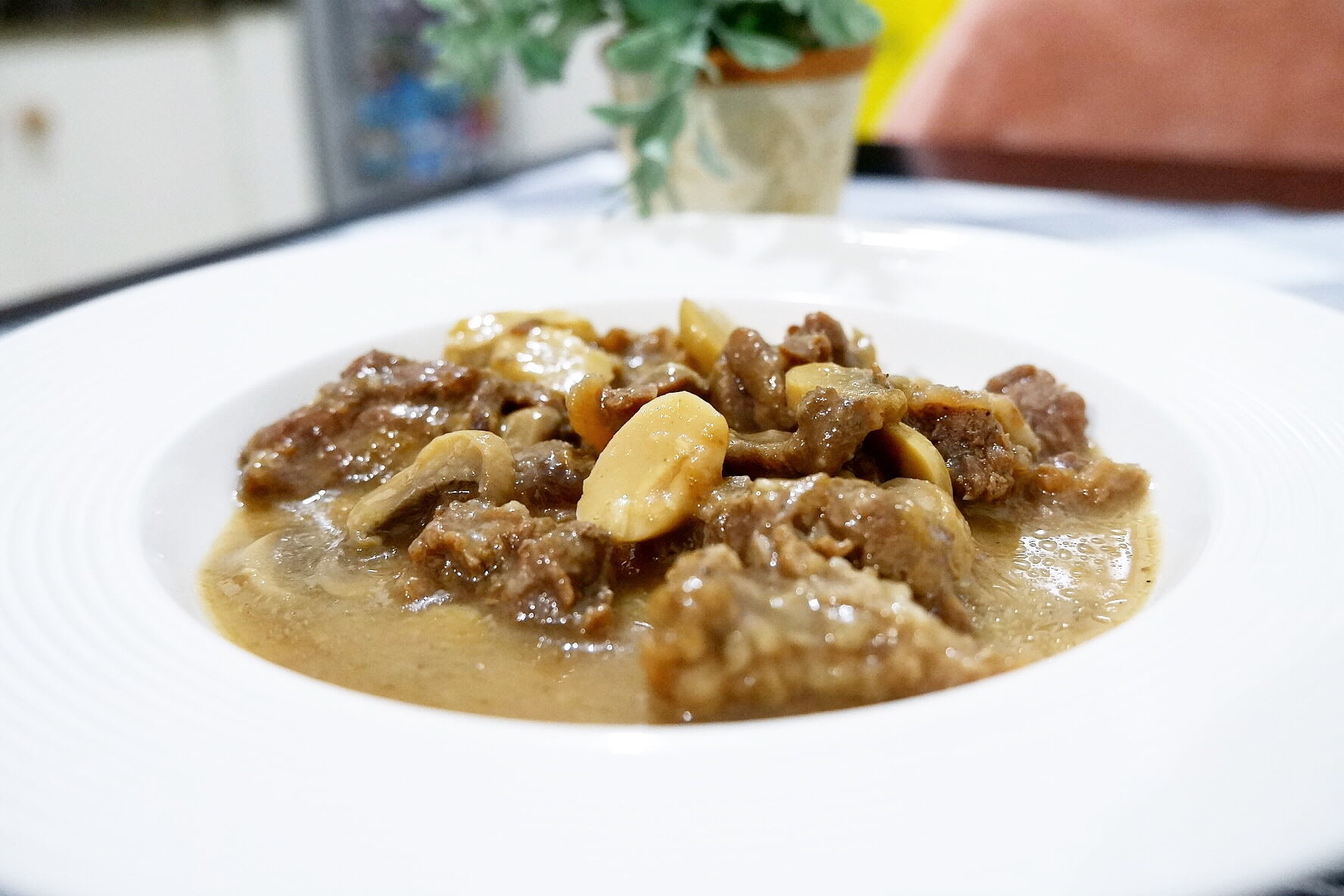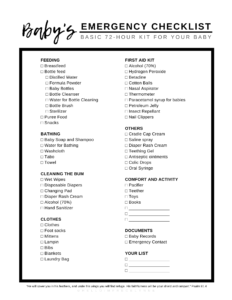
What to pack on you baby’s emergency GO BAG + FREE Downloadable Checklist
As a mom – our priority is always the safety of our little ones. Recently, there have been earthquakes all throughout the country. And it’s frightening that anytime from now “The Big One” can hit us. The best thing that we can do right now is to prepare.
Government agencies and non-government organizations have been disseminating infographics on what to pack on our ‘Emergency Go Bag’. It’s helpful but does not contain a complete kit for parents with baby. We need more than the baby clothes and milk. That’s why I am writing this to help other moms to prepare for their 72-hour Baby Emergency Go Bag.
Why 72-hour?
The first 72 hours following any disaster are the most critical, but it’s also during those initial hours that emergency services and personnel are stretched to the limit. With a system of carefully planned 72 Hour Kits, your family can be self-sufficient until help arrives. Source
DOWNLOAD THE FREE CHECKLIST AT THE END OF THIS ARTICLE!
Before we begin, please take note that every baby has different needs; you can adjust the list based on your child’s needs.

Feeding varies from one baby to another. Some babies are breastfed, some are not. Some babies need more than 10 bottles per day, some need less.
For breastfed babies, there’s no need to bring anything as long as the baby have his/her mom with her. Direct latching is the best and safest food for baby during disaster. It also provides an extra protection to your baby as the antibodies are passed during breastfeeding.
For formula fed babies, you should have an idea how much milk does your baby consumes for every interval. Create a computation.
See example below:
My 4 month old baby consumes 4oz of milk every 4 hours (Fed 6x a day).
So I’ll need:
- 72 oz of distilled water (2.129 liters)
- 36 scoops of formula milk (2 scoops per 4oz)
- 6 baby bottles (washed once a day)
On top of that, I’ll also need
- Bottle cleanser
- 1 gallon of water for bottle cleaning
- Bottle Brush
- Small camp stove (for boiling water for sterilizing) or battery powered bottle sterilizer
For babies that are already eating solid foods, you can add store-bought puree foods. You can also include soft biscuits like Marie for snacks.

For Bathing
Baby Shampoo and Soap – Choose the product that’s shampoo and soap in 1. So you will just have to bring one bottle
- 2 gallons of water for bathing
- 3 washcloths
- 1 small tabo – Since there will be a limited resource of water, bathing your baby using tabo is the best and most efficient option for us.
- 1 towel
For Cleaning your babies bum
- 3 packs of 80-sheets wet wipes
- 18 pcs of disposable diaper – We change my baby’s diaper every 4-6 hours – this may vary on how often you change your baby’s diaper
- Changing pad
- Diaper rash cream – Just in case you’ll need it
- 70% Alcohol and/or Hand Sanitizer- To keep your hands clean before and after you cleaned your baby’s bum

- 12 clothes – it’s always better to pack more clothes. These can be side-ties and pajama, onesies or terno…
- 6 pairs of foot socks
- 6 pairs of mittens
- 6 pcs lampin
- 12 pcs of bibs – if you’re baby produce so much saliva esp. when teething
- 2 blankets
- Laundry Bag

We can never tell what might happen. It’s always better to pack a first aid kit to help you clean minor wounds, cuts and scrapes.
- Alcohol (70%)
- Hydrogen Peroxide
- Betadine
- Cotton Balls
- Small bandage
Just in case you’re baby might feel a little under the weather, add these items. There might be no pharmacies open during crisis.
- Nasal Aspirator
- Thermometer
- Paracetamol syrup
These are very important. I always have them handy even if there is no crisis.
- Petroleum Jelly (for chapped and dry skin)
- Insect repellent
- Nail Clippers

- Cradle Cap Cream
- Saline spray (for congested nose)
- Diaper Rash Cream
- Teething Gel
- Antiseptic Ointment (for minor scrapes)
- Colic drops
- Oral syringe (medicine dispenser)

Babies are unpredictable. Most of the time they are happy and bubbly; sometimes they’re not. They can be fussy and irritable too. So make sure to pack things that will sooth them and will keep them busy
- Pacifier
- Teether
- Toys and other activity that your baby is currently engaged on

Make sure to pack your baby’s record: his/her health book and birth certificate. Also include the emergency contact numbers on top of your contact information. You can add his/her grandparents, god parents, close relatives and friends.
Additional notes:
You can pack your emergency go bag and your baby’s emergency go bag separately or in just one luggage bag since it will be easier to grab and go.
Make sure to update your emergency go bag every 3 months. Ex: Change clothes and diapers sizes. Check the expiration dates of perishable goods.
That’s it mommies! I hope this blog have helped you prepare for any disaster that may come your way.

And if you like to download the free checklist, click on the link below. It’s ready to print in Letter Size.
God bless us moms and our babies.
“He will cover you in his feathers, and under his wings you will find refuge. His faithfulness will be your shield and rampart.” Psalm 91.4
Did you like this blog? Follow me on Instagram and Tiktok, and be updated on my latest posts.
Work with me? I love collaborations and I enjoy working with various brands. See my portfolio here.


You May Also Like

12 Fastest Internet Service Providers in the Philippines
7th January 2021
Philips Avent and Rajo Laurel collaborate in creating a limited edition onesie
28th October 2019

